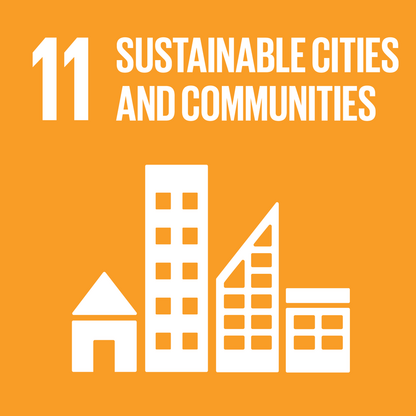
Cultural heritage and sustainable development
CULTSUS brings notions of cultural heritage into dialogue with a range of development issues, including resource management, construction, planning, education, adaptive reuse, art and design, repair, traditional crafts, food habits, entrepreneurship and business development.
How we use and develop the city is a key issue from a sustainability and climate perspective. Here, nature and culture converge, the formal with the informal, change with conservation.
This thematic area is also set to research the inter-related social, cultural, political and economic aspects of the making and remaking of cultural heritage as well as the ethical issues that underscore the relations of cultural heritage to issues of injustice, exploitation and oppression.
CULTSUS spans seven of the faculties at University of Gothenburg:
- Business, Economics and Law;
- Education;
- Fine, Applied and Performing Arts;
- Humanities;
- IT;
- Science;
- Social Sciences.
Cooperation
Interaction with the surrounding society is a core strategy for CULTSUS. At the present, we have established collaboration with:
- the Centre for Critical Heritage Studies,
- The Craft Laboratory,
- Centre for Tourism,
- Swedish Rock Art Research Archives,
- Gothenburg Research Infrastructure in Digital Humanities.
Inspired by the Heritage Academy of the CCHS, which during the past 10 years of collaboration with a wide range of actors from the voluntary, public and private sectors has grown as a creative platform for dialogue and collaboration, CULTSUS seeks to build local and international platforms for dialogues with: development organisations, public agencies, civil society organisations and research centers that work with questions pertain to heritage and sustainable development

City development from a sustainability and climate perspective
How we use and develop the city is a key issue from a sustainability and climate perspective. Here, nature and culture converge, the formal with the informal, change with conservation. In this picture we see older industrial buildings partly converted into cultural activities, official and partly occupied. It is a place for alternative and planned cultural activities, food markets and institutions. Ostiense has been a central part of Rome's development planning ever since the 1990s. The Tiber, which can be sensed in the background, constitutes a fundamental natural and cultural resource that flows through Rome, where planning is carried out through so-called "river contracts" in a collaboration between non-profit forces, the municipality and landowners.




